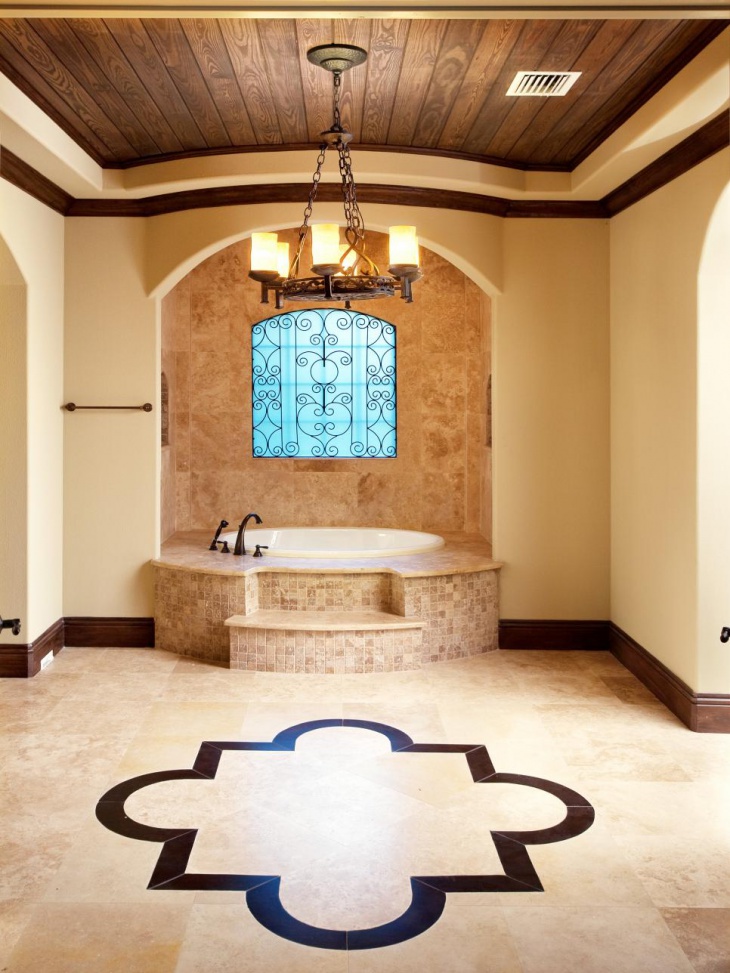
With the Rectangle Tool selected, click and drag to draw a shape from the top left corner of one Artboard to the bottom right of the top panel (that is, stop at the folding Guide you just drew).How to Prepare Your InDesign Work for Print: Part 1 of 2 Preparing your InDesign work for print can be a daunting task, especially as there’s no ‘Undo’ button to press once your printed result arrives in the delivery box. In the toolbar on the left, you’ll see a rectangle icon near the T icon (aka the Type Tool). So let’s make some pretty Margin Guides! The easiest way to do this is to use the Rectangle Tool. You may recall the importance of (or, my obsession with) margins: consistent margins make a huge difference in separating amateur-looking design from professional-looking design. This line indicates where the card will be folded. Because your two Artboards are side by side, the one Guide will stretch across both pages, so you only need to do this once. Holding down Shift snaps the Guide to the tick marks on the ruler, giving you a precise placement. While holding down Shift, click and drag a Guide from the top ruler to the 4.25” mark in the center of your Artboard. Go to View > Rulers > Show Rulers, or keyboard shortcut CMD + R (CTRL + R on PC). Step one is to differentiate our pages with a folding Guide. Now think to yourself, “Dang, this is so EASY, Molly! Now show me your tidbits!” Designing Differentiate Pages with a Folding Guide Since this document is for print, we’ll keep it that way, but if you were designing a graphic for social media or something else intended for the web, you’d choose RGB here.Ĭlick OK. Lastly, Illustrator defaults to CMYK Color Mode. We’ll use industry standard bleed here, 0.125” on each side. This will place your two Artboards side-by-side.įor our width and height, we’re going to enter the flat/unfolded size of our card, specified above as 5.5” wide x 8.5” tall.

Then, to the right of Number of Artboards, choose the third little icon from the left. This is pretty unimportant, as Artboards can be dragged around and resized in the workspace, so enter whatever. Spacing is just the blank space between Artboards. So, go ahead and enter 2 in Number of Artboards. As mentioned above, we’re doing just 2 pages here, which we’ll separate into 4 pages later using Guides. Start in File > New… and name your document. Effectively, Artboard = page.Īh, our old friend, the New Doc Window (I can call him Doc for short because we’re buds). Illustrator was created for a bunch of different applications, including the non-paper kind, so “pages” is kind of a limiting term. Also, in Illustrator, pages are called Artboards. This means, even though it’s a very similar setup, you’ll technically only have 2 pages, not 4 like we had in InDesign. Illustrator, unlike InDesign, doesn’t use “spreads.” So, for folded documents, you’ll be using non-printing Guides to differentiate between pages, and to set margins (like you did in my handy, unforgettable Photoshop setup walkthrough ). Once again, make a physical mockup using scrap paper, and label your pages. printer-size sheet of paper when folded, and exactly 1/2 the size of said paper when flat/unfolded: 5.5” wide x 4.25” tall, opening to 5.5” wide x 8.5” tall. That is, a card that is exactly 1/4 the size of a standard U.S.

EVERYONE.įor this example, we’ll make a half-fold A2 card. To make up for this unwarranted ease, I’m gonna offer some extra tidbits in this post. Illustrator’s setup is super straightforward, especially if you’ve been keeping up with my other setup posts ( in Photoshop, and in InDesign), so sit back and enjoy the cakewalk. Photoshop, InDesign, and Illustrator all have subtle differences in document setup, since they’re intended for different purposes (though often they are used interchangeably, wah).


 0 kommentar(er)
0 kommentar(er)
